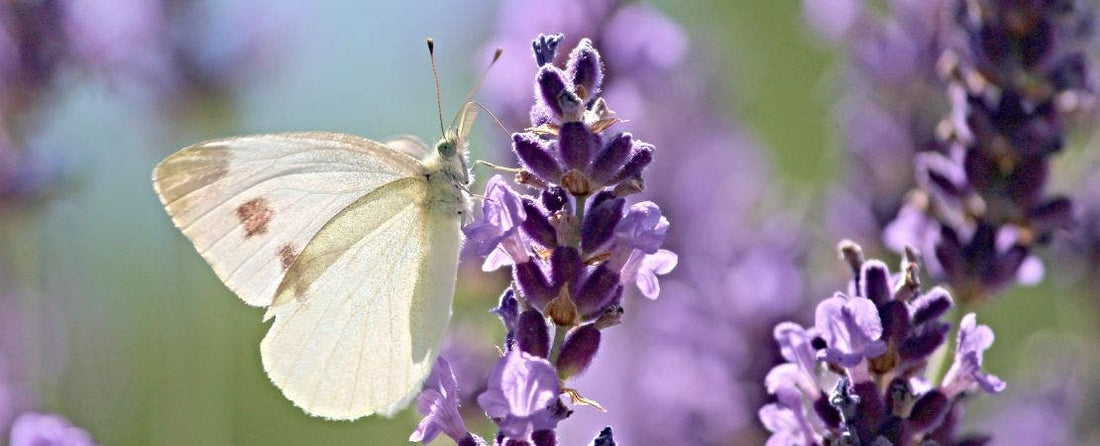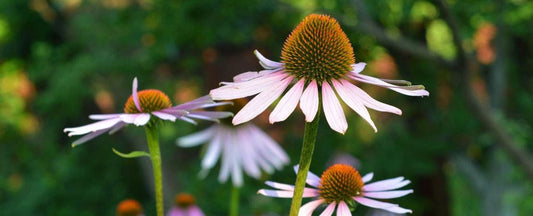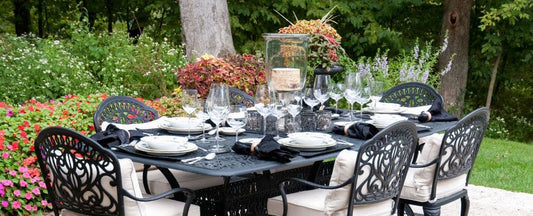Growing Lavender: A Guide to Lavandula Gardening and Reaping the Benefits

Secrets to Growing Lavender
Growing lavender, with its striking purple colors and distinctive scent, is a beautiful addition to your garden. This perennial herb, originating from the Mediterranean, is versatile and lovely, attracting pollinators and offering a variety of uses from the garden to the home. Learn how to make your lavender plants thrive, selecting companion plants, and understanding the variety of benefits lavender brings.
Understanding Lavender
Lavender’s adaptability to sunny, well-drained conditions makes it an excellent choice for gardeners planting a drought-tolerant landscape. Among its many varieties, English lavender (Lavandula angustifolia) is most often admired for its durability and sweet scent.
Lavender's Benefits for Pollinators
Growing lavender is a fantastic way to support pollinators including bees, butterflies, and other beneficial insects. Its nectar-rich flowers are an essential food source for these creatures, playing a critical role in our ecosystems and food production.
If you're wondering how to grow lavender, consult our Lavender Care Guide and don't forget that, due to wide variety of plants and lavender plant characteristics, you can grow it almost anywhere. Growing lavender in pots lets you enjoy the fragrance while napping in your hammock on the porch or patio.
Growing Needs of Lavandula
For vibrant and healthy lavender plants, consider their gardening needs:
Sunlight: Sunlight: Lavender thrives under full sun, requiring at least 6 to 8 hours of direct light each day.
Soil: The key to successful lavender gardening lies in well-drained soil. If dealing with dense soil, consider integrating gravel or opting for raised beds.
Watering: Established lavender plants are drought-tolerant. Water them deeply but sparingly to encourage robust root systems.
Pruning: To prevent the plants from becoming woody and to stimulate growth, prune your lavender annually.
Companion Planting with Lavender
Strategically pairing lavender with other plants can enhance your garden’s health and aesthetics. Lavender complements Mediterranean herbs like rosemary and sage, which share similar care requirements. For a visually appealing contrast, pair lavender with plants that have silver foliage or bright flowers, such as artemisia, echinacea, and black-eyed Susan.
Lavender's Benefits
Beyond its visual appeal, lavender provides numerous benefits:
Aroma: The fragrance of lavender is known for its relaxing properties. Planting it near walkways or seating areas lets you enjoy its aroma up close.
Culinary Uses: Lavender can bring a unique flavor to food and drinks. Experiment with it in recipes for a delightful twist.
Therapeutic Uses: Lavender oil, extracted from the flowers, is widely used for its calming effects and healing properties.
Decorative Uses: Dried lavender can be used in various crafts and decorations, adding a touch of natural beauty and fragrance to your home.
Growing a Lavender Garden
Incorporating lavender into your garden allows you to create a space that’s beautiful and beneficial. Lavender’s versatility makes it an ideal choice for a structured look with a lavender hedge, a rustic herb garden, or a pollinator-friendly space. Try growing lavender in pots on the patio. There are smaller compact varieties and even if you're growing lavender's larger cultivars, it will be a few seasons before you need to move it into the garden,
Gardening with lavender is rewarding, offering beauty, aroma, and a host of benefits. By understanding how to care for these plants, you can turn your garden into a thriving, fragrant space that supports the local ecosystem. Explore the selection at Wayside Gardens and find the perfect lavender varieties to bring your gardening dreams to life.



